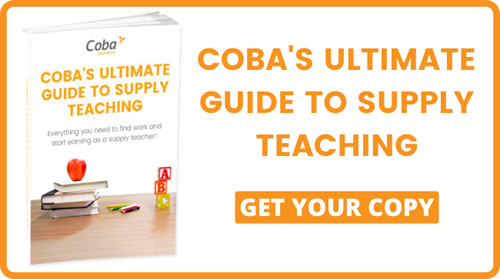
Going paperless can make classrooms more efficient and can save time, money and the environment while promoting more connected teacher-student networks. But how do you make the transition to a digital learning environment when your school can’t afford top-of-the-line tablets or technology managers? This blog post covers the five tips you need to get started.
1) Use Whiteboards and Other Paperless Teaching Aids
Cost is often the main concern for educators trying to figure out how to go paperless in the classroom. If your budget is limited, an excellent place to start is to get traditional whiteboards and laminated materials that teachers and students can write on and erase. If you can afford to spend more, get interactive smartboards. With these digital aids, teachers can present graphics, PowerPoint presentations and movies and better engage with students.
2) Sign Up To Google Classroom
Google Classroom is an easy-to-use app that allows educators to manage multiple classes. You can easily share learning materials with students, post announcements, and email parents with the free version. Students get instant access to learning resources at the tap of a button, eliminating the need to photocopy and hand out papers.
You can also integrate other apps into this tool, including Google Docs and Google Forms. These apps make it easy to create and store learning materials, and some of them even allow you to auto-grade assignments.
3) Screen-Casting For Homework
Educators transitioning to a paperless classroom can also use screen-recording tools such as Vidyard to walk students through their digital homework and suggest improvements they could make. When they are done, they can send over the videos, and students can review them as many times as they want. Students don’t have to keep stacks of graded papers for reference, and they get access to much-needed feedback wherever they are.
4) Start Small
Going paperless can feel intimidating for educators who are not confident in their technology skills. To make the transition easier, pick one aspect of your daily routine that you want to make digital or paperless. You can start by scanning learning resources and sharing them over email or creating assignments on Google Docs. When you are familiar and comfortable with one activity, move on to another one.
5) Be Willing To Learn
Ultimately, you will learn more about going paperless in the classroom from your students than from anywhere else. They have access to the digital tools that appeal to them, and chances are they have interacted with these tools more than you have. Cultivate an environment where sharing and experimenting with new ideas and resources is the norm, and they will be eager to teach you what will work and what won’t work.
If you're looking for an education recruitment agency you can trust, contact our team at Coba Education today.
Image Source: Unsplash
